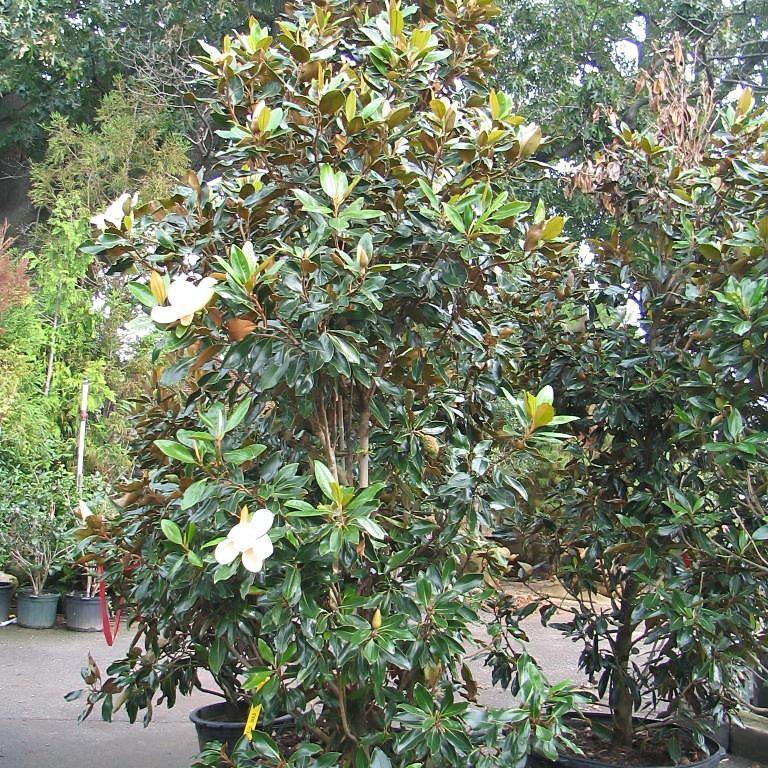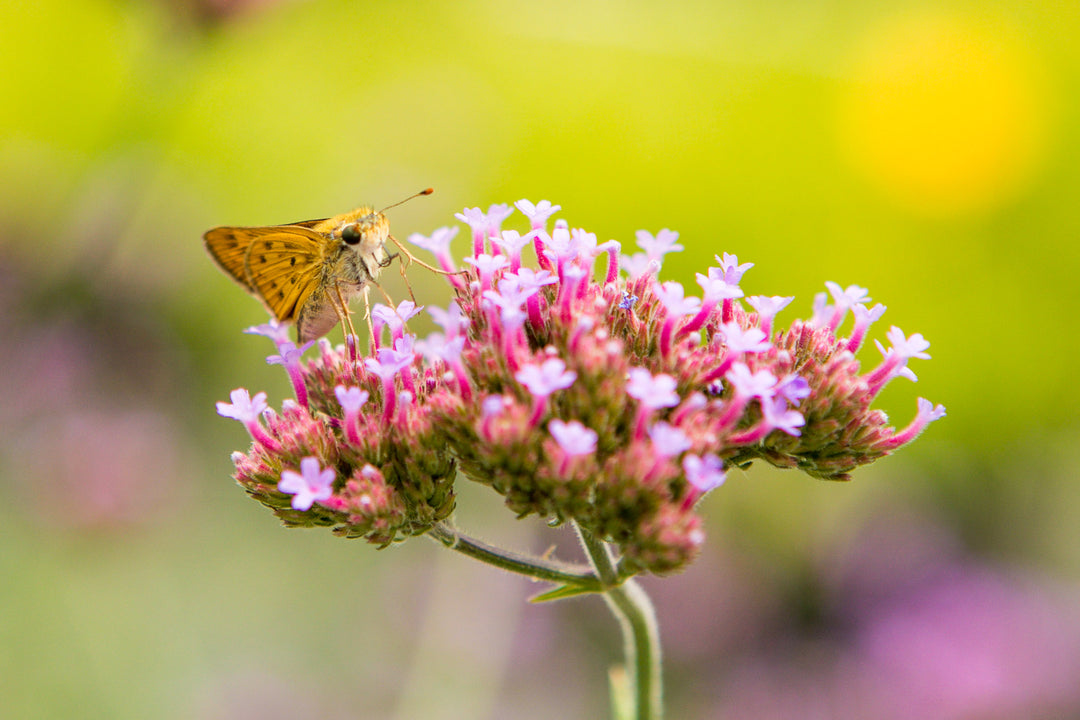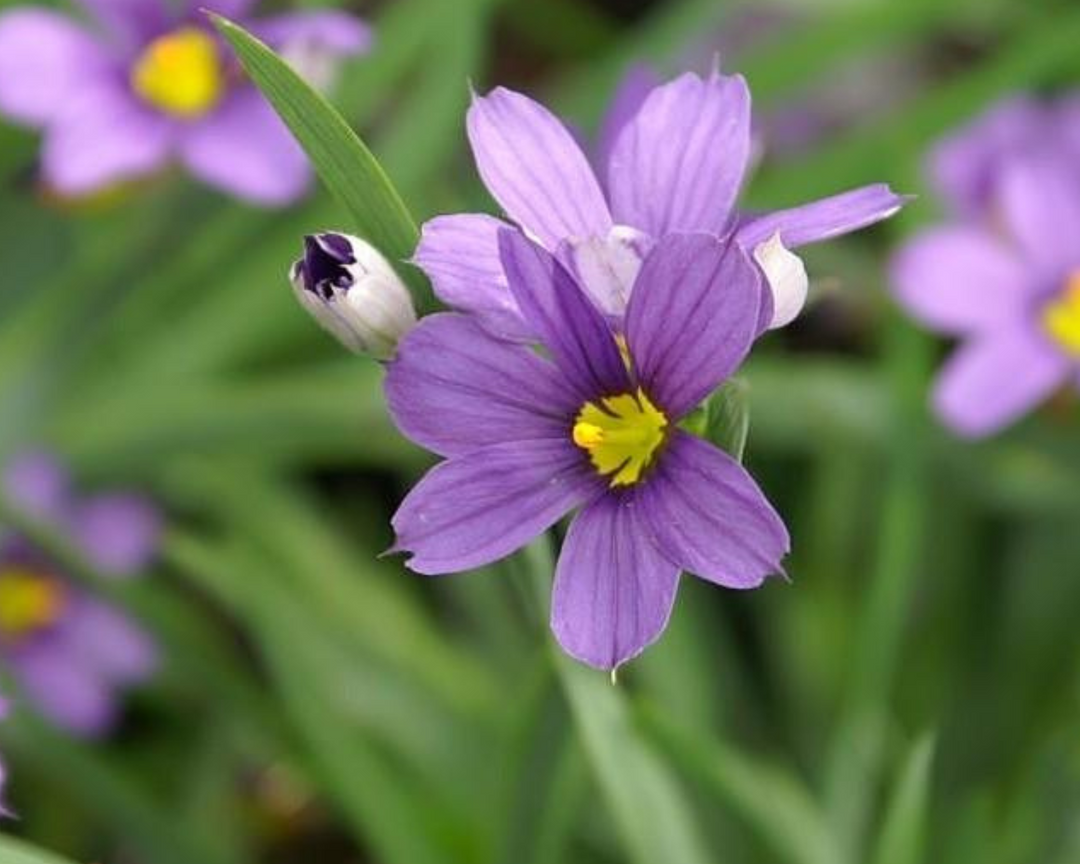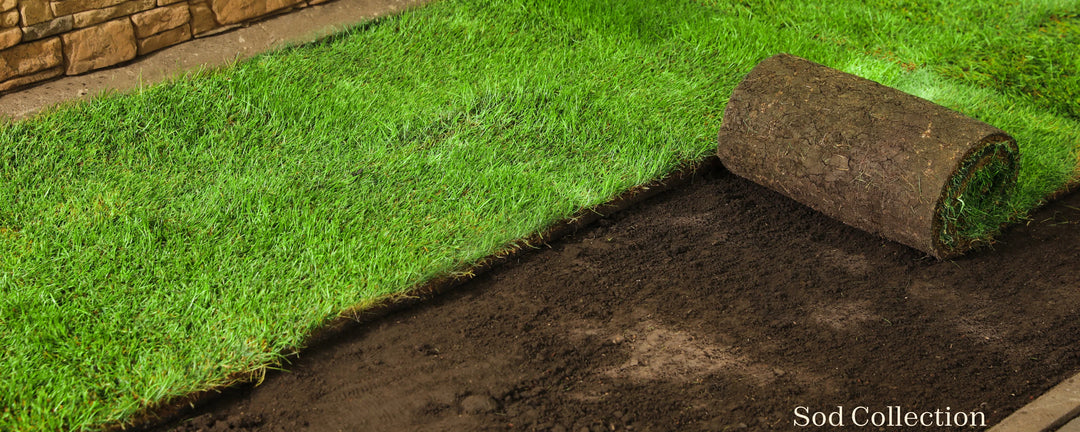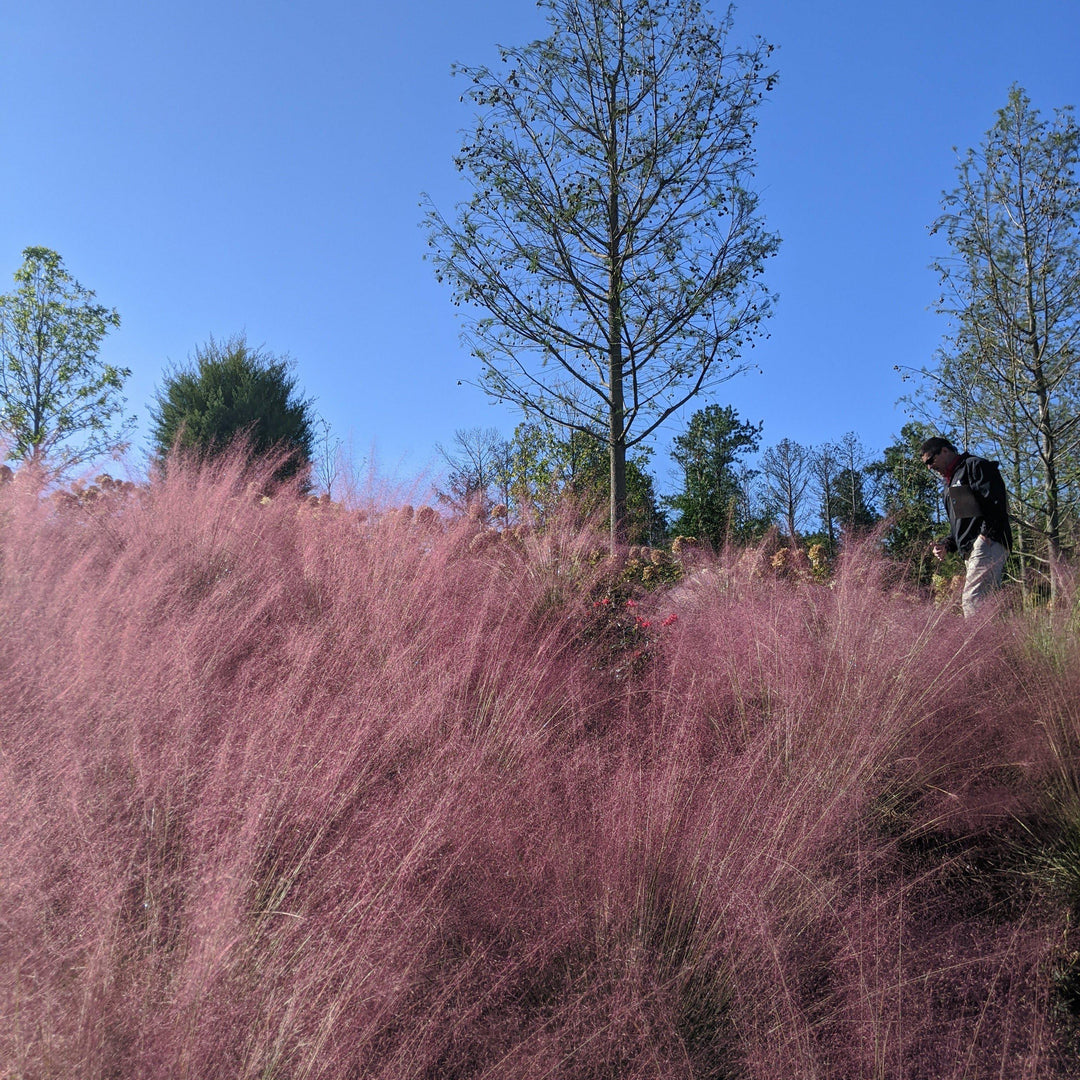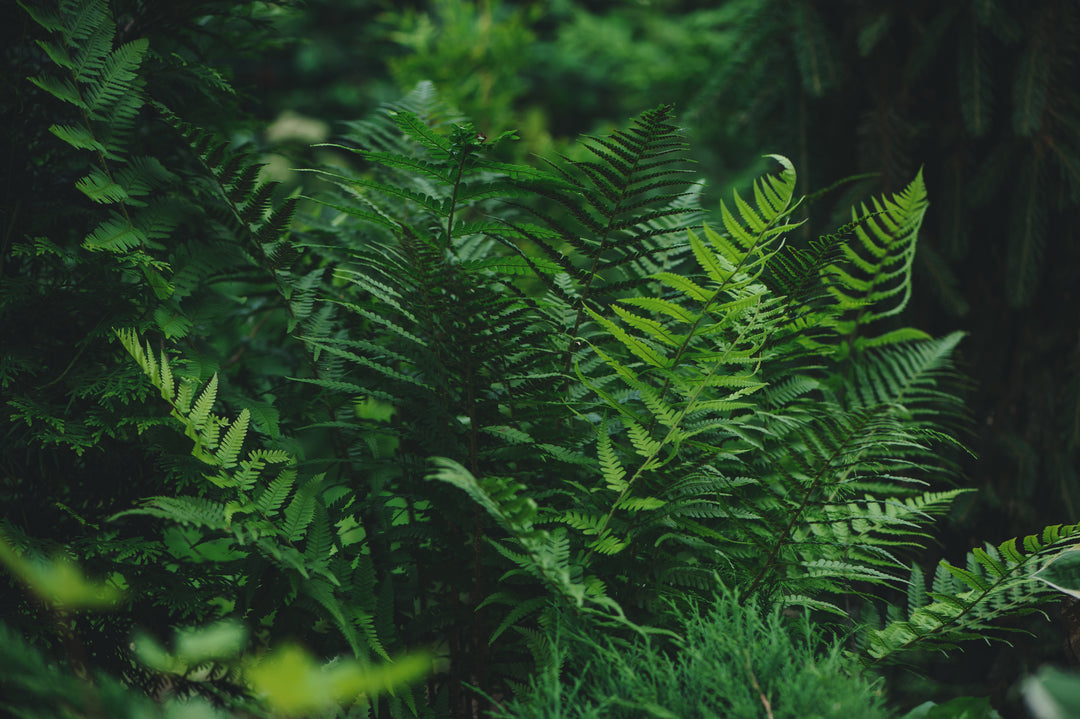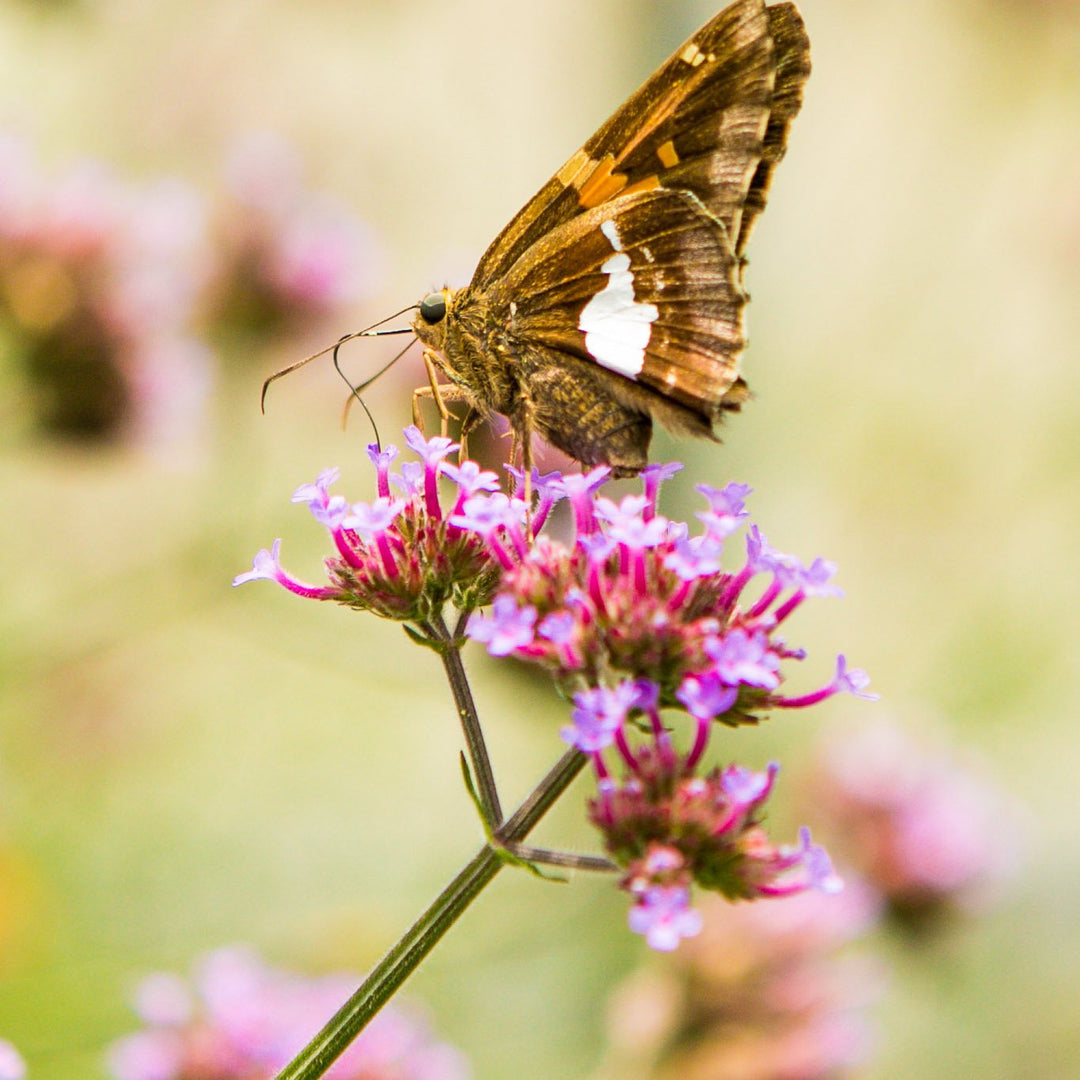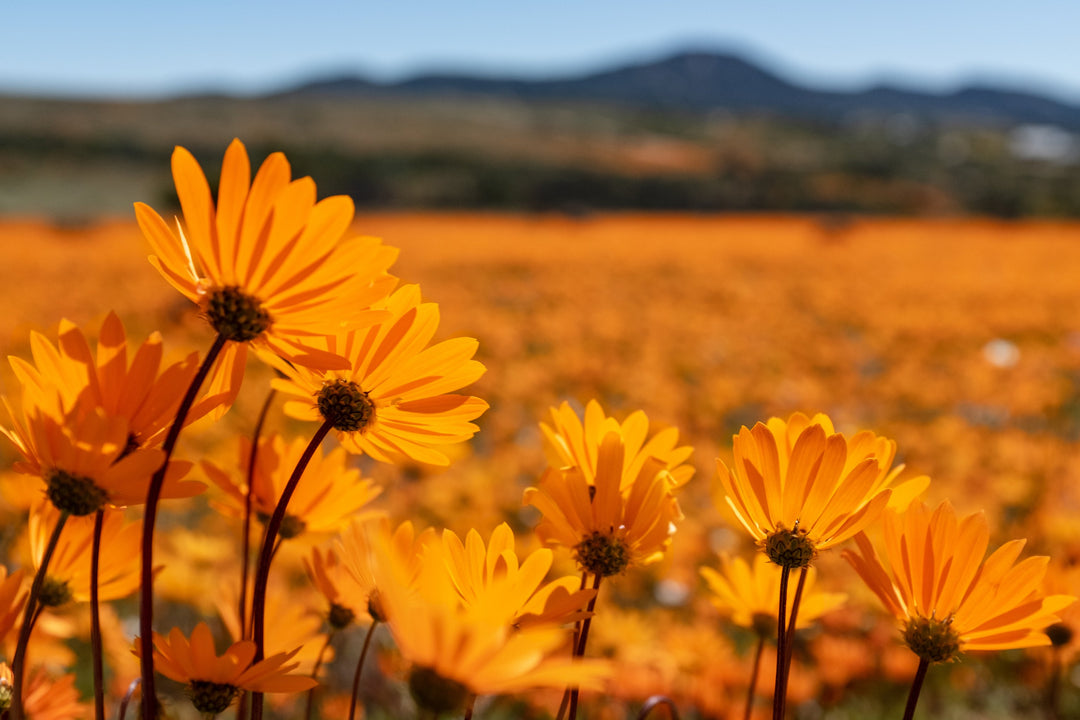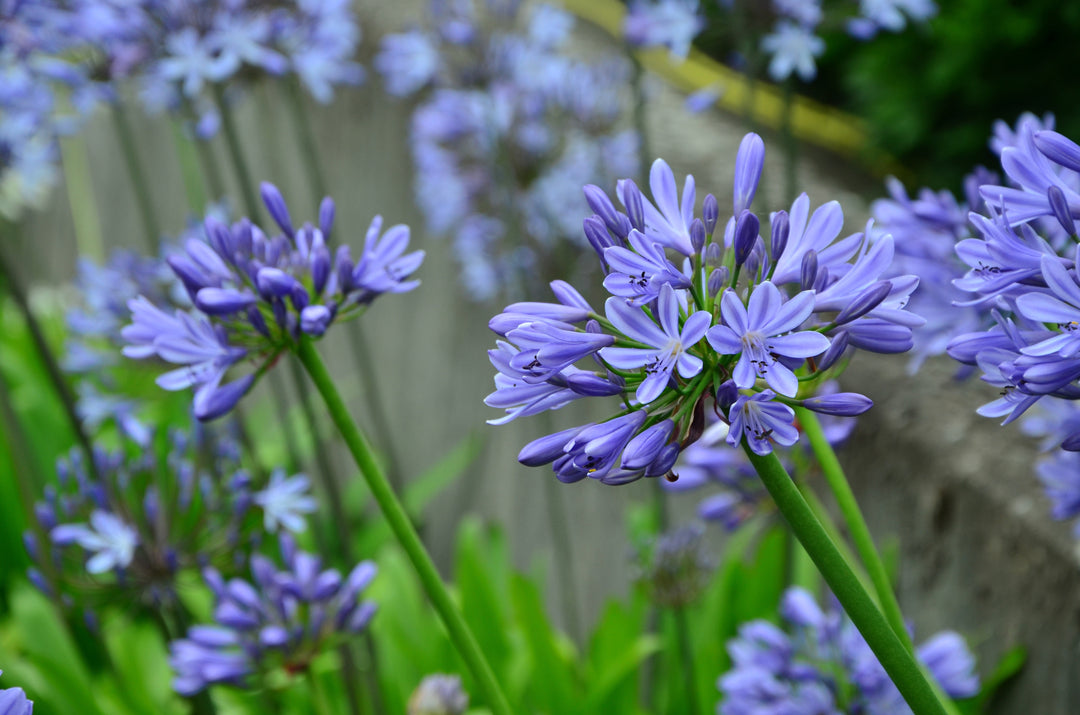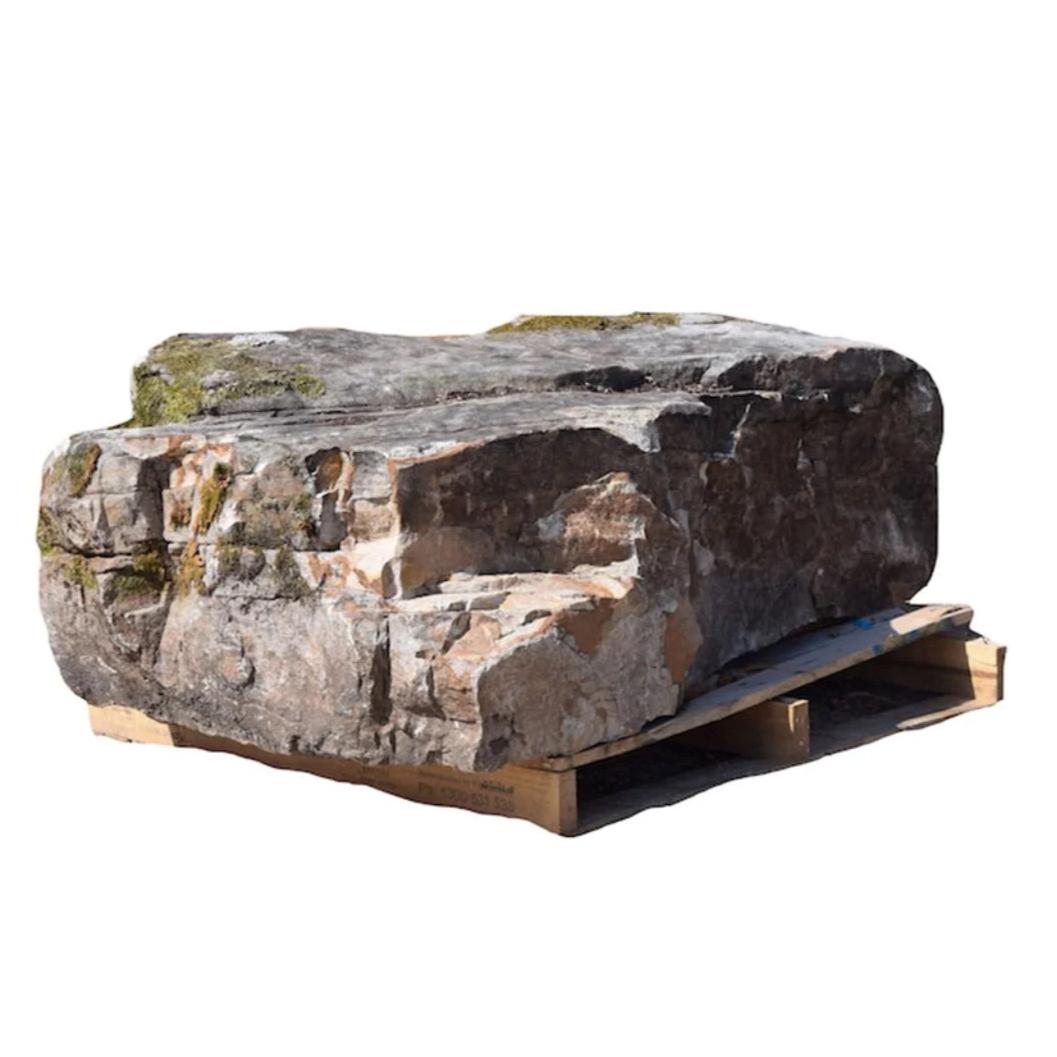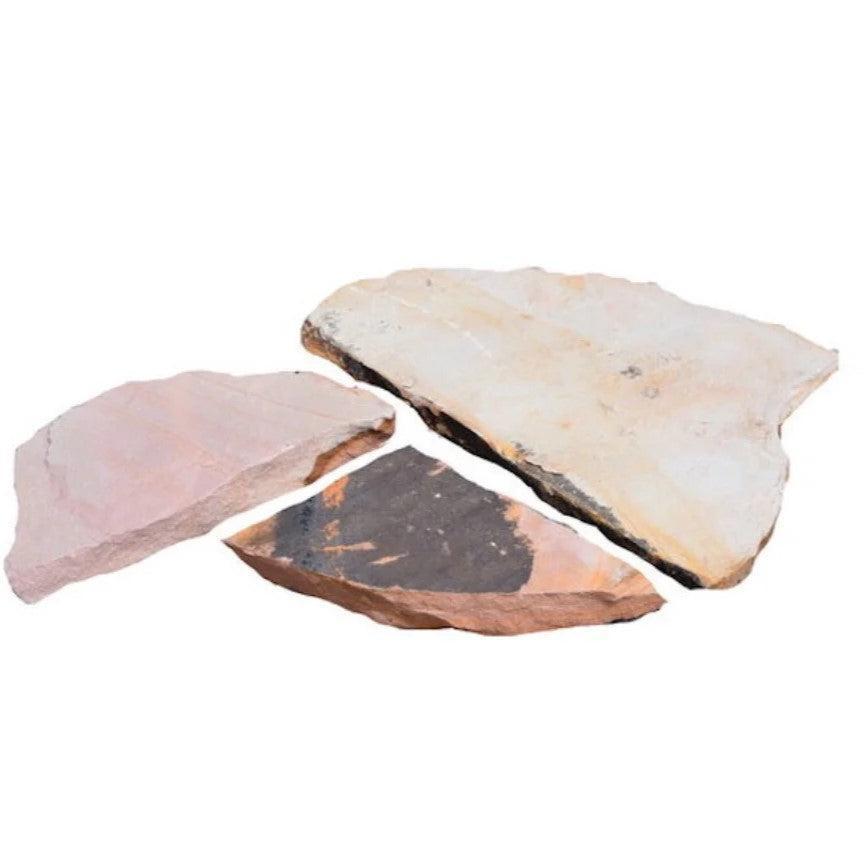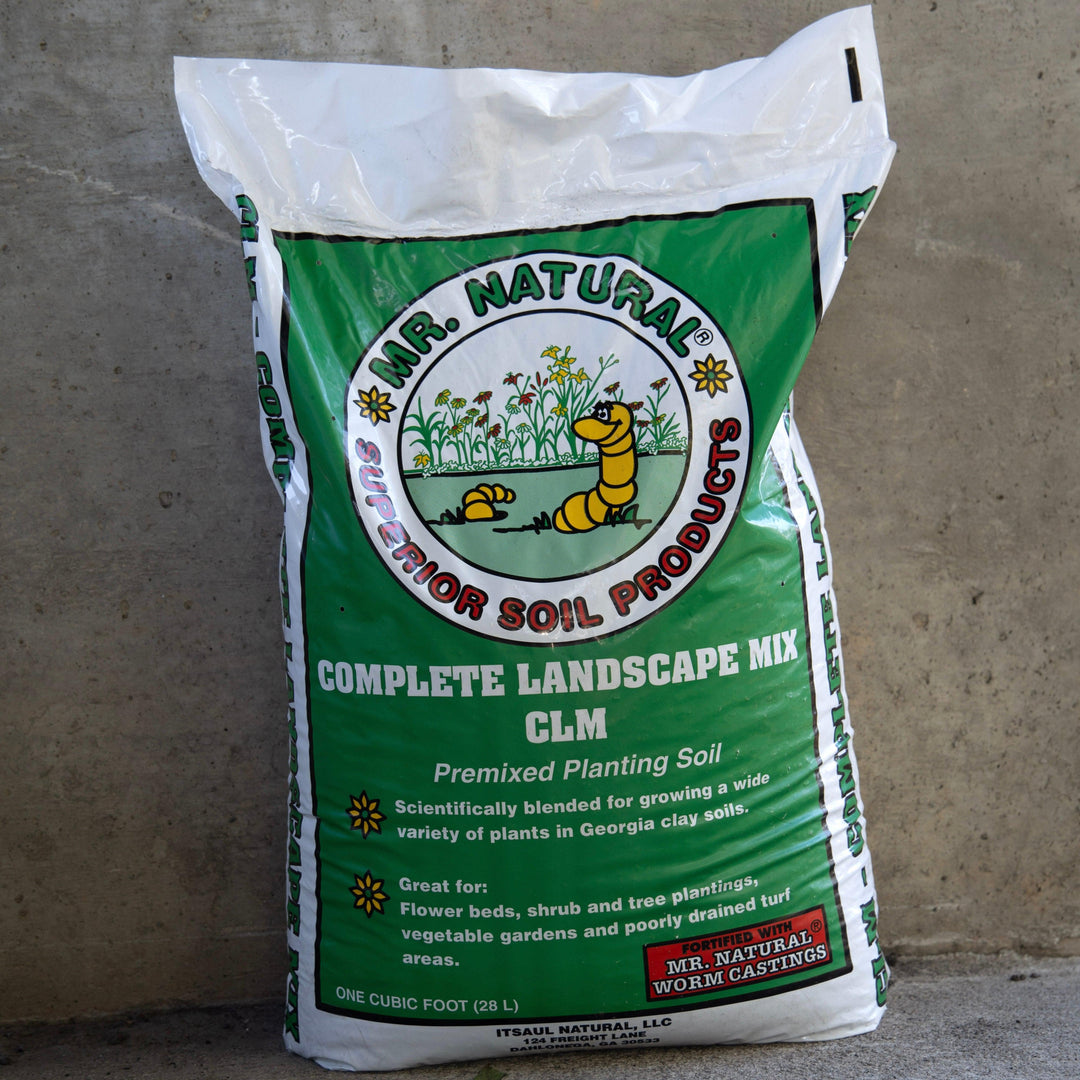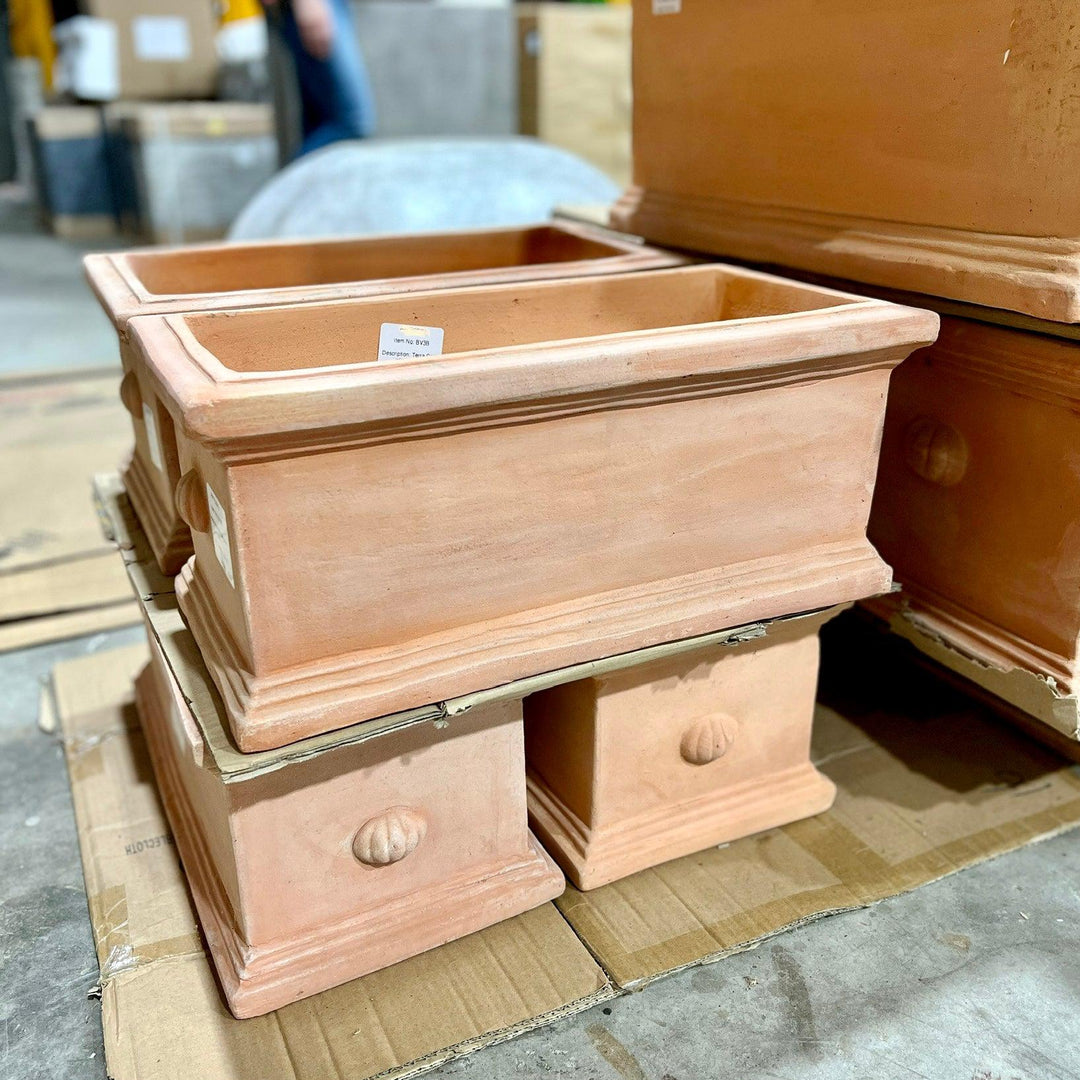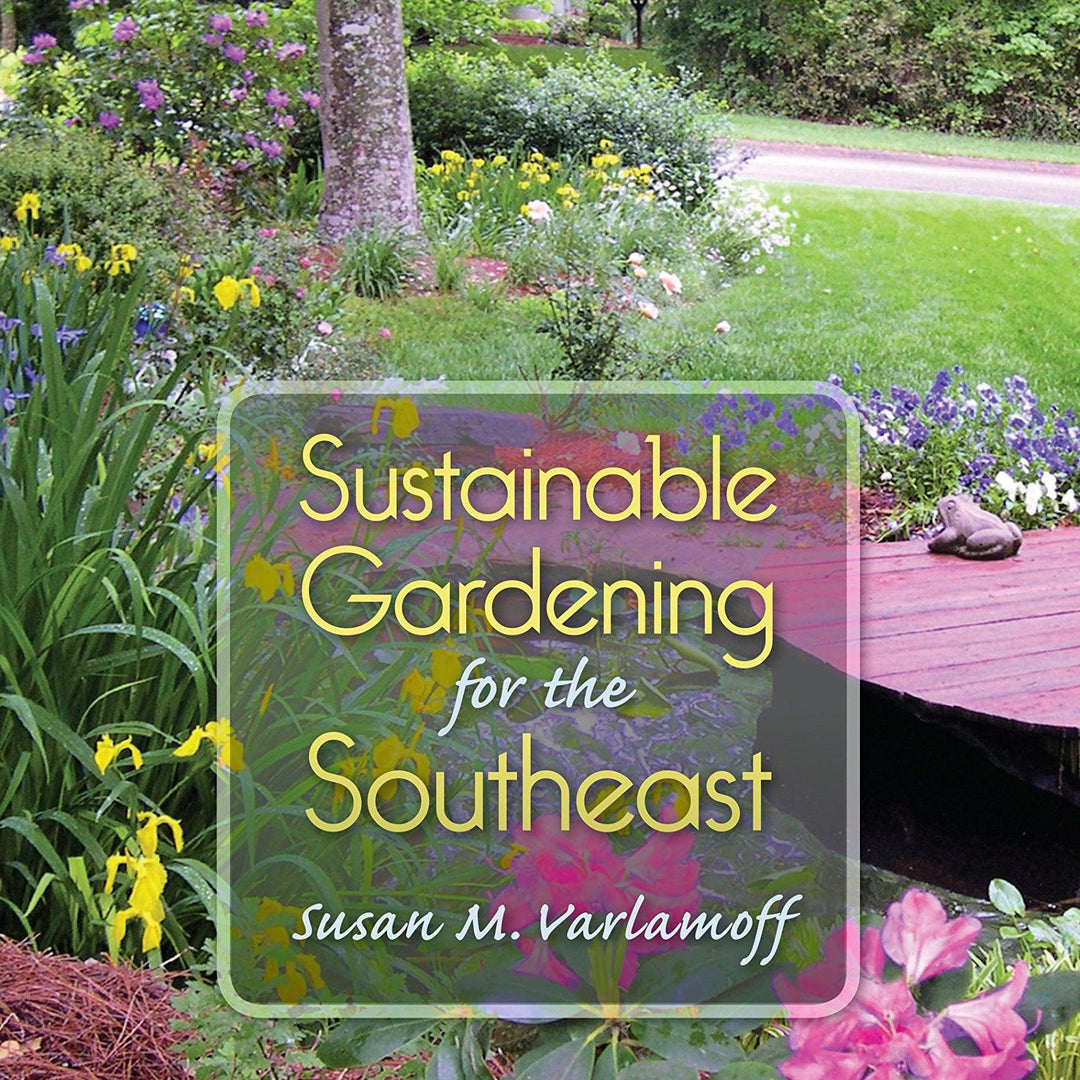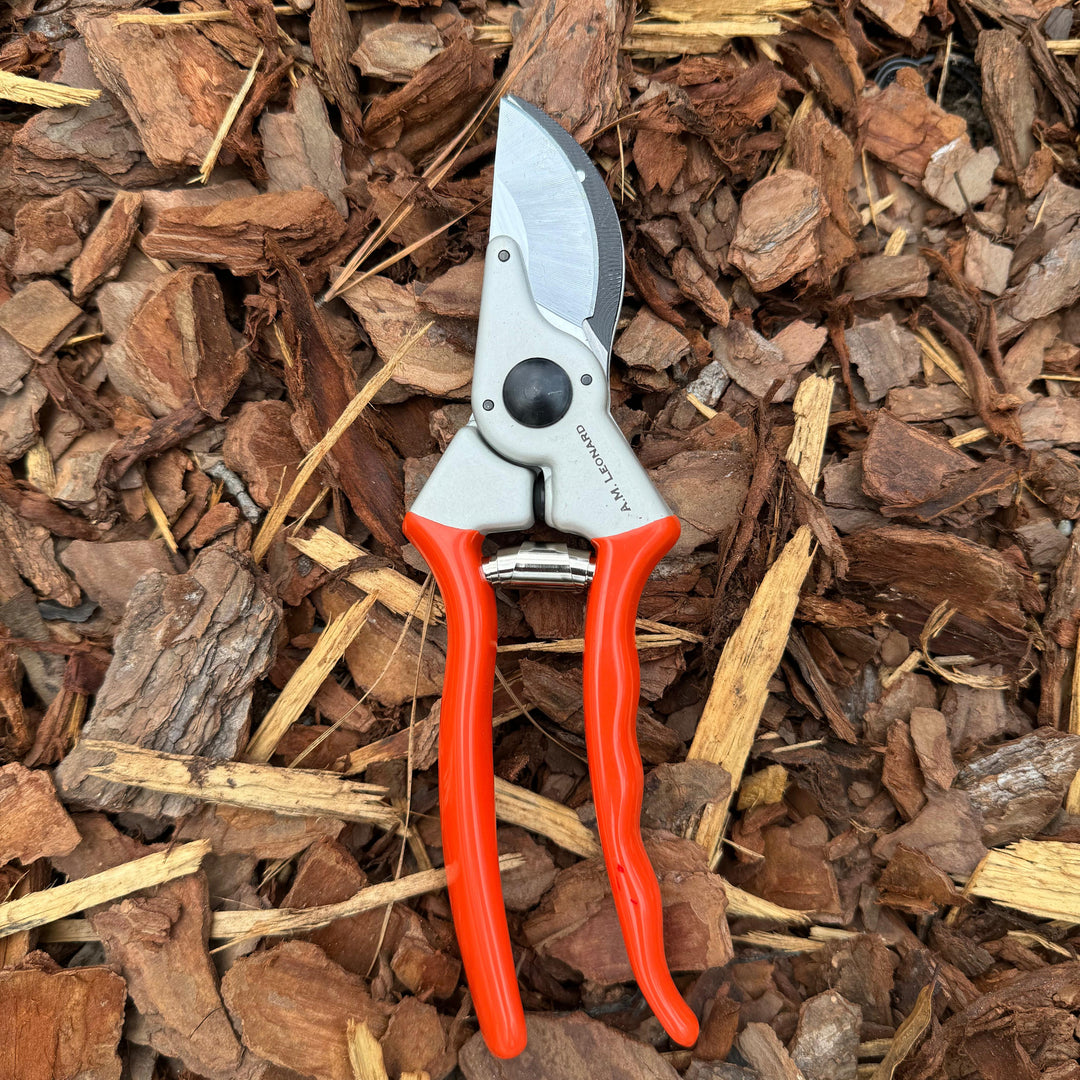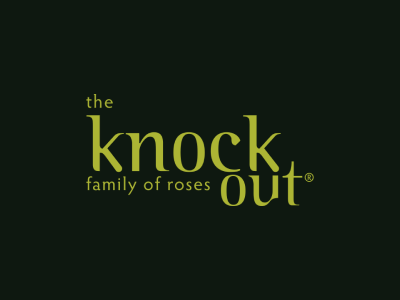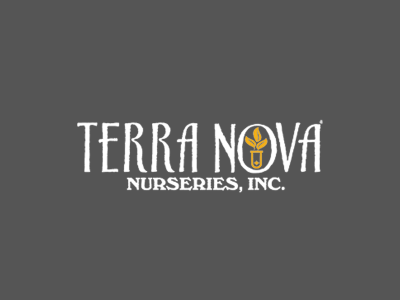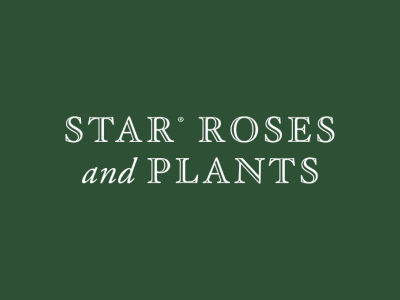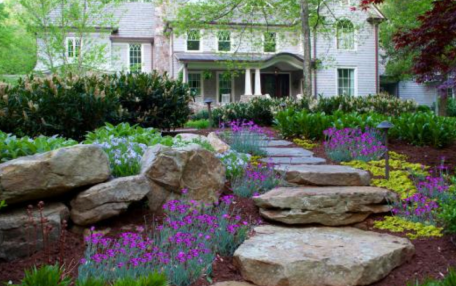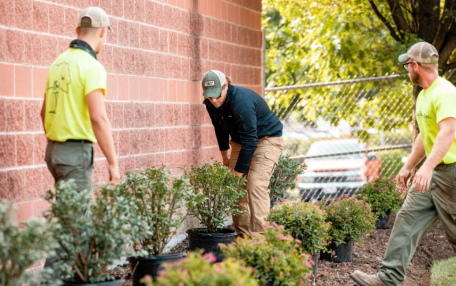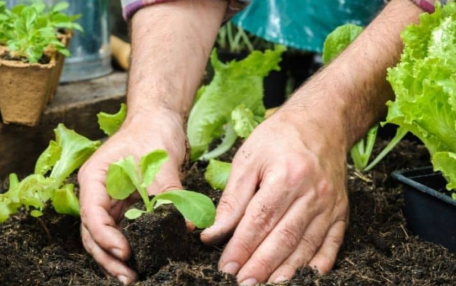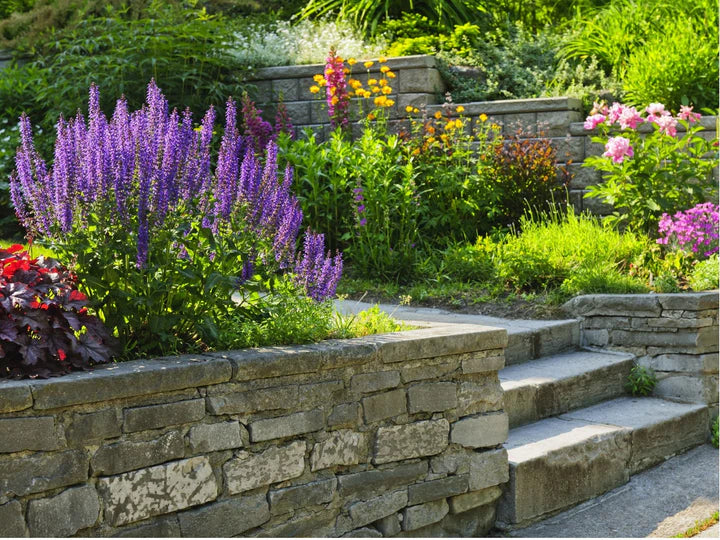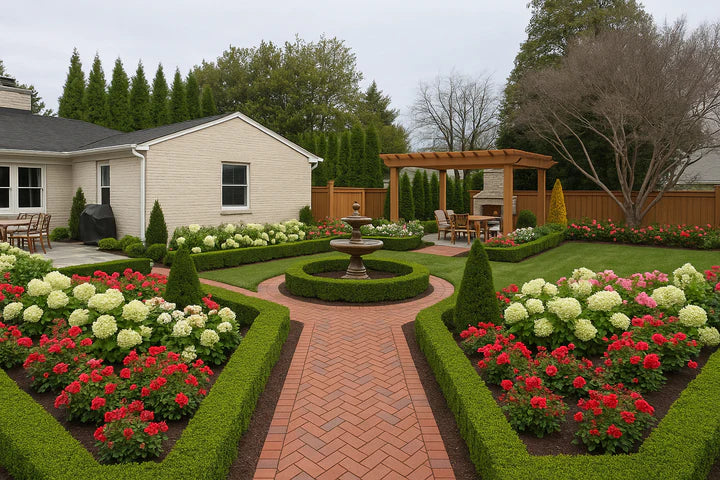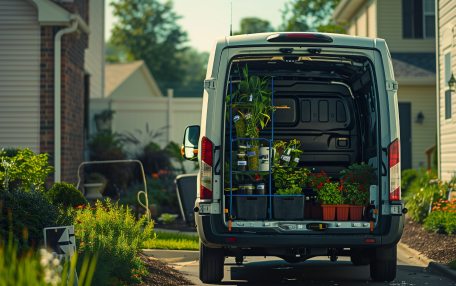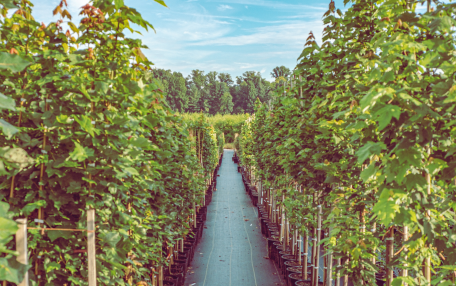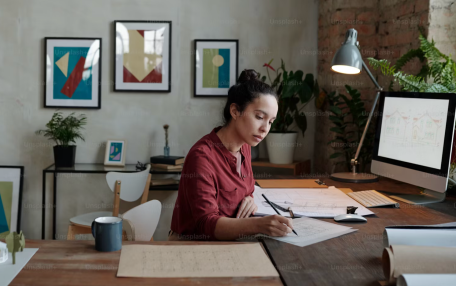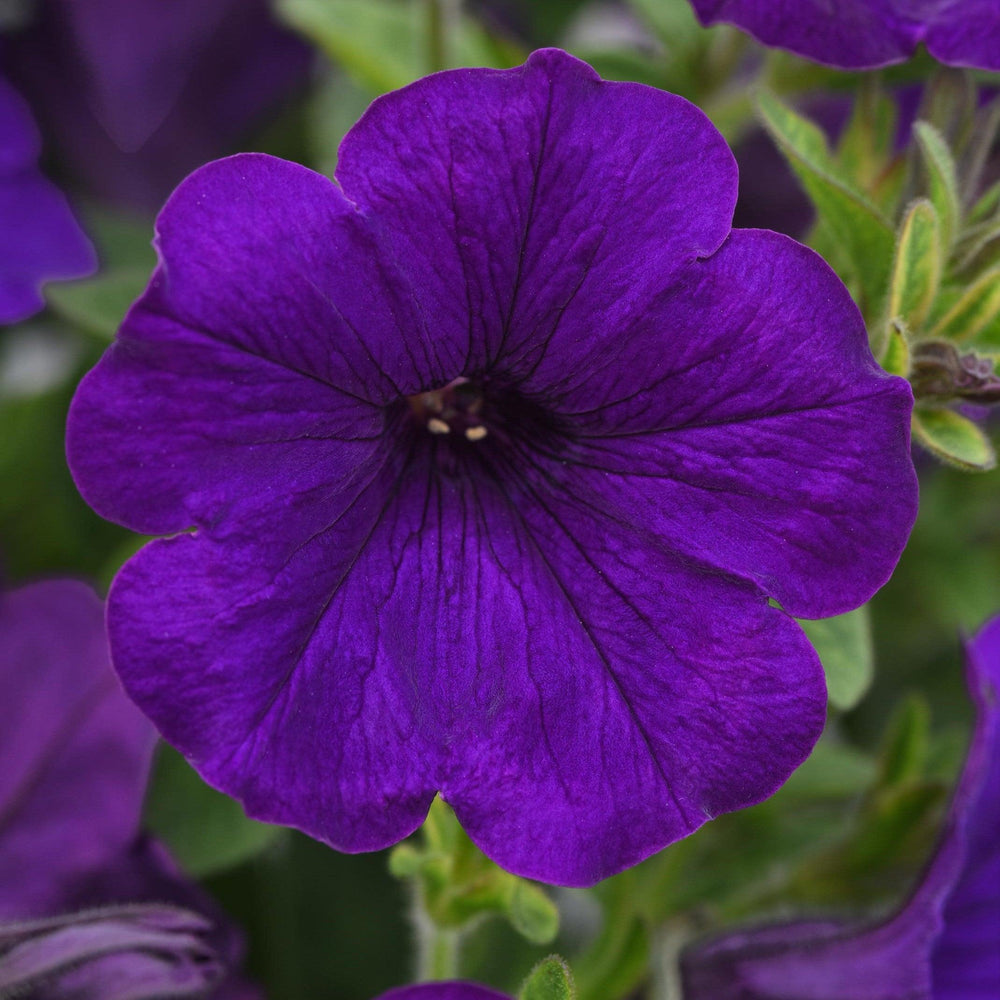Design Guide: Popular Landscape Looks for 2024
The world of landscaping is always evolving, and as we look ahead to 2024, there are several design trends that are gaining popularity. These trends reflect a blend of aesthetic appeal, environmental consciousness, and lifestyle needs. Here's a closer look at the top five landscape designs and why they're becoming popular, along with a guide on how to design toward each style and plant suggestions from ServeScape that fit each design guide.
1. Modern Minimalism

Modern minimalism is a reflection of the contemporary movement towards simplicity and sustainability. It emphasizes clean lines, a monochromatic color palette, and a clutter-free approach that is both visually calming and easy to maintain.
The hallmarks of modern minimalism in landscape design include:
- Clean Lines and Structure: The use of geometric shapes and straight lines creates a sense of order and structure.
- Monochromatic Color Schemes: A limited color palette often features shades of green, white, and gray, emphasizing the natural beauty of the plant forms.
- Negative Space: Open areas are as important as planted ones, allowing each element room to breathe and be appreciated on its own.
- Low-Maintenance Plants: Selections that require minimal care reduce upkeep and promote sustainability.
- Textural Contrast: Even with a limited color palette, the use of different textures can create visual interest and depth.
Plant Suggestions:
To achieve this look, consider incorporating the following plants from ServeScape into your modern minimalist landscape:
- Muhlenbergia capillaris (Pink Muhly Grass): The soft texture and muted color of this grass provide a beautiful contrast to more structural plants. Find it here.
- Juniperus horizontalis (Blue Rug Juniper): This low-growing juniper offers excellent ground cover with a calming blue-green hue. Find it here.
- Buxus sempervirens (American Boxwood): Ideal for creating structured shapes and borders with its dense foliage. Find it here.
- Dianella tasmanica (Tasman Flax Lily): The strappy leaves and subtle flowers of this plant add texture without overwhelming the space. Find it here.
2. Cottage Garden Charm

The cottage garden style is beloved for its cozy, nostalgic feel. It's becoming popular as people seek a more natural, informal, and whimsical aesthetic that invites wildlife and offers a bountiful, relaxed setting.
Why Cottage Garden Charm is Gaining Popularity:
- Nostalgia: There's a growing desire to recapture the romantic essence of bygone eras, and cottage gardens evoke a sense of history and tradition.
- Nature-Friendly: This style often includes a variety of plants that attract pollinators, supporting local ecosystems.
- Personalization: Cottage gardens allow for a high degree of personal expression, as there are no strict rules about what plants to include or where to place them.
- Relaxed Maintenance: The informal nature of cottage gardens means they can be less labor-intensive, embracing a more natural growth pattern.
Hallmarks of Cottage Garden Style:
- Diverse Plantings: A mix of flowering plants, herbs, and vegetables, often densely packed for a lush look.
- Climbing Plants: Vines and climbers that add vertical interest and can be used to adorn fences and arbors.
- Traditional Materials: Use of natural materials like wood and stone for paths and borders.
- Enclosure: A sense of enclosure with hedges, fences, or walls to create an intimate space.
Plant Suggestions from ServeScape:
- Rosa 'New Dawn' (New Dawn Climbing Rose): A classic choice for adding height and romance with its cascading blooms. Find it here.
- Lavandula angustifolia (English Lavender): Offers beautiful purple spikes and a soothing fragrance, perfect for borders or walkways. Find it here.
- Echinacea purpurea (Purple Coneflower): A hardy perennial that brings a splash of color and attracts butterflies. Find it here.
- Phlox paniculata (Garden Phlox): Known for its vibrant clusters of flowers and ability to thrive in cottage garden conditions. Find it here.
- Hydrangea macrophylla (Bigleaf Hydrangea): Provides stunning, large blooms that can be used as a focal point in a cottage garden setting. Find it here.
3. Tropical Oasis
Geoff McKay, Peter Black Conservatory Lath House
With travel being limited in recent years, creating a tropical oasis at home provides an exotic escape. This style is popular for its vibrant colors, lush foliage, and the ability to turn a backyard into a vacation-like retreat.
Why Tropical Oasis is Gaining Popularity:
- Staycation Appeal: With more people spending time at home, there's a growing trend to create personal retreats that feel like a vacation.
- Exotic Flair: Tropical landscapes provide an exotic touch that transforms the ordinary into the extraordinary.
- Sensory Experience: The style offers a full sensory experience with vibrant flowers, lush greenery, and often the soothing sounds of water features.
- Wildlife Attraction: Tropical plants can attract a variety of birds, butterflies, and other wildlife, bringing nature closer to home.
Hallmarks of Tropical Oasis Style:
- Lush Foliage: Large, glossy, and vibrant green leaves are a staple of this style.
- Vibrant Flowers: Bright and bold flowers are used to create focal points and add pops of color.
- Layered Plantings: Different heights and textures are layered to create a dense, jungle-like feel.
- Water Features: Elements like ponds, waterfalls, or fountains are common, adding to the tropical ambiance.
Plant Suggestions from ServeScape:
- Canna indica (Canna Lily): With its large, banana-like leaves and bright flowers, it's a must-have for a tropical look. Find it here.
- Hibiscus rosa-sinensis (Tropical Hibiscus): This plant offers large, showy blooms that epitomize the tropical aesthetic. Find it here.
- Colocasia esculenta (Elephant Ear): Known for its massive leaves, it adds dramatic flair and a sense of lushness to any tropical garden. Find it here.
4. Desert Escape

The desert escape trend is driven by water conservation efforts and the appeal of a rugged, low-maintenance landscape. It's ideal for arid climates and those looking to create a serene, drought-tolerant garden.
Why Desert Escape is Gaining Popularity:
- Water Conservation: In light of environmental concerns and drought conditions, desert landscaping is a responsible choice that significantly reduces water usage.
- Ease of Maintenance: Desert plants are adapted to thrive with minimal care, making this style ideal for those seeking a low-maintenance garden.
- Unique Aesthetic: The desert landscape offers a distinct beauty with its palette of earthy tones and sculptural plants, standing out from the lush greenery of more traditional gardens.
- Heat Tolerance: As temperatures rise, desert plants are well-suited to withstand the heat, making them a practical choice for climate resilience.
Hallmarks of Desert Escape Style:
- Drought-Tolerant Flora: Plants that are native to arid environments or have adapted to low-water conditions are key.
- Sandy Soils and Gravel Mulch: These elements reflect the natural desert ground, promoting drainage and reducing water loss.
- Rock Features and Hardscaping: Boulders, stone pathways, and other hardscape features complement the sparse vegetation and add visual interest.
- Sculptural Plants: The use of plants with striking forms and textures creates focal points and adds character to the landscape.
Plant Suggestions from ServeScape:
- Agave geminiflora (Twin Agave): A stunning succulent that brings a dramatic touch with its dense upright curving rosette of gray-green leaves. Find it here.
- Dasylirion longissimum (Mexican Grass Tree): This plant offers a unique appearance of long blue-green grass like foliage on a trunk like structures and is incredibly drought-tolerant. Find it here.
- Opuntia cacanapa 'Ellisiana'. (Thornless Prickly Pear): Known for its distinctive pads and colorful blooms, prickly pear adds authentic desert charm. Find it here.
5. Edible Landscapes

Edible landscapes are gaining traction as more people become interested in growing their own food. This approach is a delightful fusion of beauty and utility, offering a sustainable approach to gardening that's as pleasing to the eye as it is to the palate.
Why Edible Landscapes are Gaining Popularity:
- Health and Nutrition: Homegrown produce is fresher, often more nutrient-rich, and can be grown without the use of harmful pesticides.
- Environmental Impact: Edible gardens can reduce your carbon footprint by minimizing the distance food travels from farm to table.
- Economic Savings: Save on grocery bills by growing your own fruits, vegetables, and herbs.
- Educational Value: They provide a hands-on way to learn about gardening and the origin of food, which is especially valuable for children.
- Aesthetic Beauty: Edible plants come in a variety of colors, shapes, and sizes, adding visual interest to your landscape.
Hallmarks of Edible Landscape Style:
- Diverse Plantings: A mix of fruit trees, berry bushes, vegetables, and herbs creates a multi-functional space.
- Seasonal Planning: Choosing plants that produce at different times of the year ensures a continuous harvest.
- Incorporation of Perennials: Perennial plants provide structure and reduce the need to replant each year.
- Attractive Edging and Borders: Herbs and leafy greens can make excellent, attractive borders along pathways or garden beds.
Plant Suggestions from ServeScape:
- Rubus fruticosus 'Arapaho' (Arapaho Thornless Blackberry): This thornless blackberry bush offers delicious fruit and an attractive landscape feature. Find it here.
- Vaccinium corymbosum ‘FL09-216’ PPAF (Downhome Harvest® Hello Darlin® Blueberry): A beautiful blueberry bush that provides sweet berries and year-round interest with its foliage and flowers. Find it here.
- Solanum lycopersicum 'Pink Boar' (Pink Boar Tomato): A unique and flavorful tomato variety that adds a pop of color and taste to your edible landscape. Find it here.
These landscape looks for 2024 not only cater to aesthetic preferences but also address environmental concerns and personal well-being. By choosing the right plants from ServeScape, you can create a beautiful and sustainable outdoor space that aligns with these popular trends. Plant Joy! 🌿

